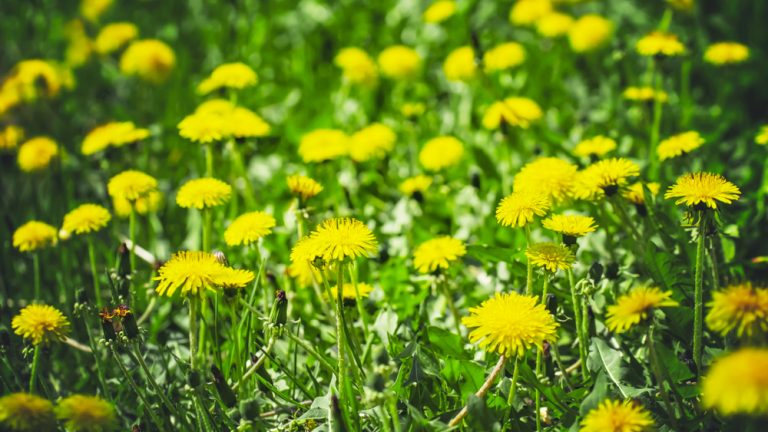Weeds. These undesireable invasive plants seemingly grow overnight. Out of nowhere, these unwanted guests ruin the aesthetics of your lawn.
They come in all sizes and shapes with different leaf patterns, flowers, and colors. But no matter how hard you try, they keep growing back. Clovers, dandelions, creeping charlie, nutsedge, ragweed…the list goes on and on.
You aren’t alone in this battle. Many homeowners wage the same war every year. Even the healthiest, thickest lawn often have to contend with some form of common lawn weeds.
Keep reading and you will learn everything you need to know about the different types of weed and what to do about them.

Opportunistic Plants
Weeds are opportunistic plants. They take advantage of different weak spots in your lawn. The best defense you can engage in is ensuring you use proper maintenance practices when caring for your lawn. Just because you are trying to take care of your lawn does not mean that you are caring for it properly.
Poor maintenance practices are the primary reason that they begin to overtake your lawn. Essentially, you are creating a prime environment for the spreading of weed seeds and the unencumbered growth of these unwanted plants.
Common mistakes include:
- Improper irrigation
- Improper fertilization
- Compacted soil
- Cutting the grass too low
- Using poor quality grass seed
- Importing store bought soil
These practices are entirely preventable and only require a little bit of research on your part. These are things that can be amended reasonably quickly by ensuring that your maintenance processes are being performed correctly.
Because weeds are opportunistic, they will grow anywhere that they can find room. That can be in sections of your lawn that are thinning, or in places where you have overwatered. They will even grow in the cracks of your driveway if left untreated.
Every lawn is unique and is different from the next. So get to know your lawn and listen to what it’s telling you. Understanding your lawn’s needs, combined with the best possible maintenance techniques, are the best medicine for keeping them away.
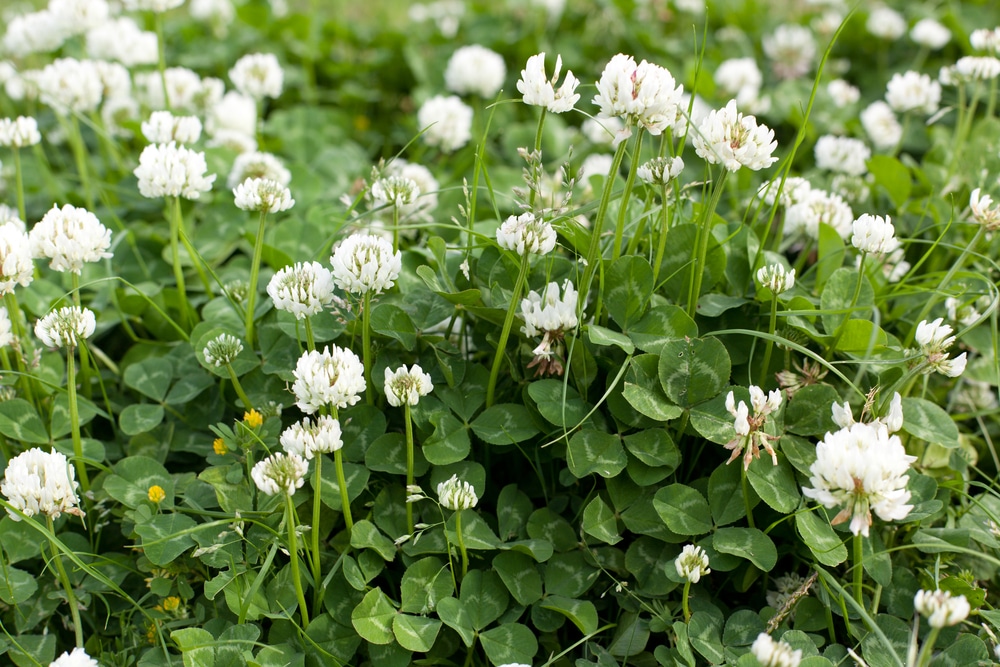
Common Types
A lot of people wrongfully assume that all weeds are the same and that the treatment for all of them is the same. Nothing could be further from the truth.
Weeds differ in their overall life cycles, in the composition of their root system, and in their physical appearance (broadleaf or grassy). Proper identification of what you have growing on your lawn is key to combating their growth. Different plants will have different treatments.
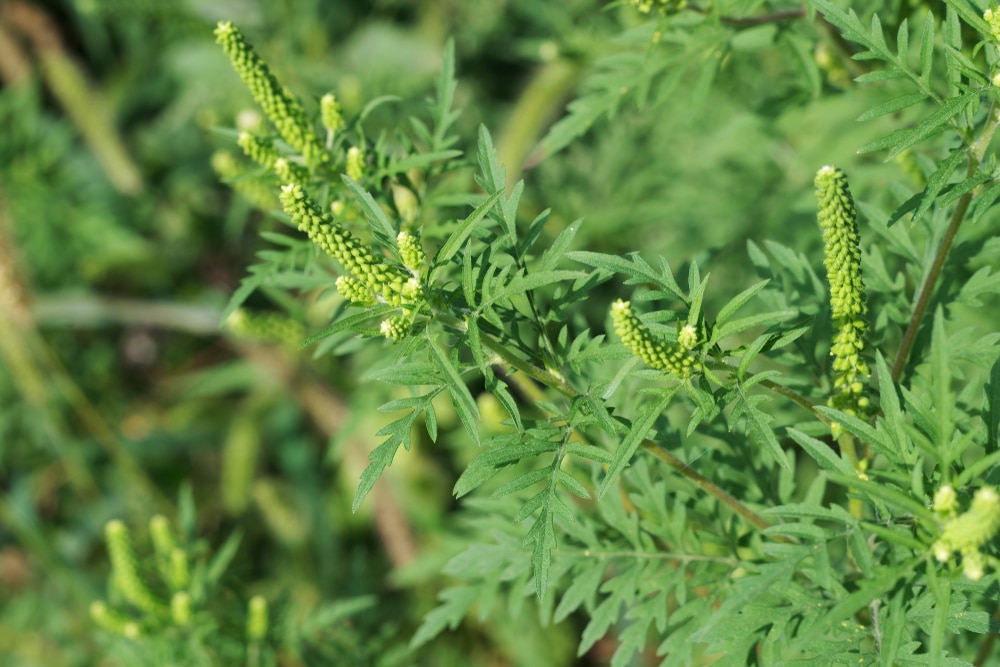
Categorizing Based on Life Cycle
Annual Weeds
These weeds spread seed, germinate, and grow for one season and then naturally die off. These include:
- Oxalis
- Chickweed
- Bittercress
- Witchgrass
- Goosegrass
- Crabgrass
Biennial Weeds
These varieties have two-year life cycles. The first year the seed spreads, germinates, and grows. The second year, the invasive plant will flower and produce seeds to renew the life cycle for the generations that follow. These new seeds germinate and will continue the circle of life.
Biennial weeds include:
- White campion
- Wild carrot
- Bull thistle
- Evening primrose
- Burdock

Perennial Weeds
A perennial weed is a description of a lawn weed that returns every year and typically produces long taproots in addition to seeds. They reproduce by not only spreading seed but through their root systems as well.
Perennial weeds include:
- Dandelion
- Canada thistle
- Ground ivy (also known as creeping Charlie)
- Poison ivy
- Ragweed
- White clover
- Field bindweed
- Yellow nutsedge
Categorizing Based on Appearance
Broadleaf
The one thing that all of these types have in common is their broad leaves. Their leaves are divided into two by a vein running down the center with smaller veins branching out from it.
They do not come in a specific style and can be either annual, biennial, or perennial in their growing cycles.
Broadleaves can bloom in single flowers or clusters. Their fibrous roots can be made up of a thin roots system, a large taproot, or a combination of the two. They can grow upright and vertically or spread across the ground horizontally.
Included in this category:
- Clover
- Violets
- Chicory
- Prostrate spurge

Grassy Weeds
Weeds of this type have garnered the name because they look like desirable grasses they are surrounded by and are far more difficult to detect in your lawn. They can prove challenging to remove without causing damage to your lawn. Frequently, the herbicides designed to kill these weeds will also kill the existing grass because they are similar in composition.
Their blades emerge as a single leaf from a germinated grass seed. They grow to be long with parallel veins and round, hollow stems. These possess closed joints (nodes) with alternating leaf blades on each side.
Some varieties included in this category include:
- Annual bluegrass
- Carpetgrass
- Bermuda grass
- Annual ryegrass
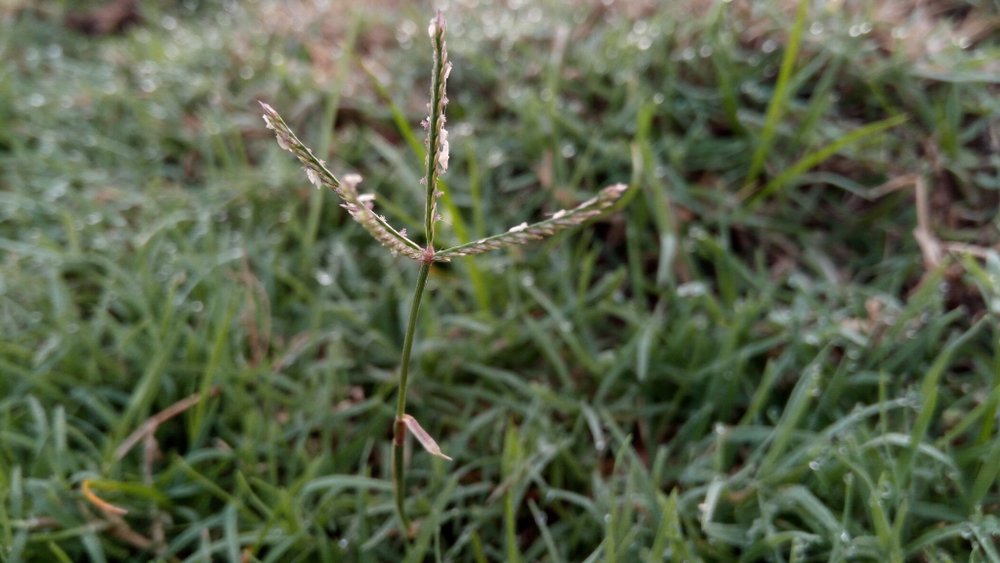
Controlling the Growth
There are several different ways that you can keep your lawn flourishing without the significant intrusion of weeds.
You should remember that your lawn is different from your neighbor’s lawn. Their soil may be compacted while yours may have the correct density. Your lawn may consist of a beautiful bed of Kentucky bluegrass with different needs than the Bahia grass right next door.
The point is that you should take the time to learn your lawn and its needs.
Preventative maintenance, when done correctly, is always the best solution for keeping your lawn healthy and also preventing the growth of unwanted weeds.
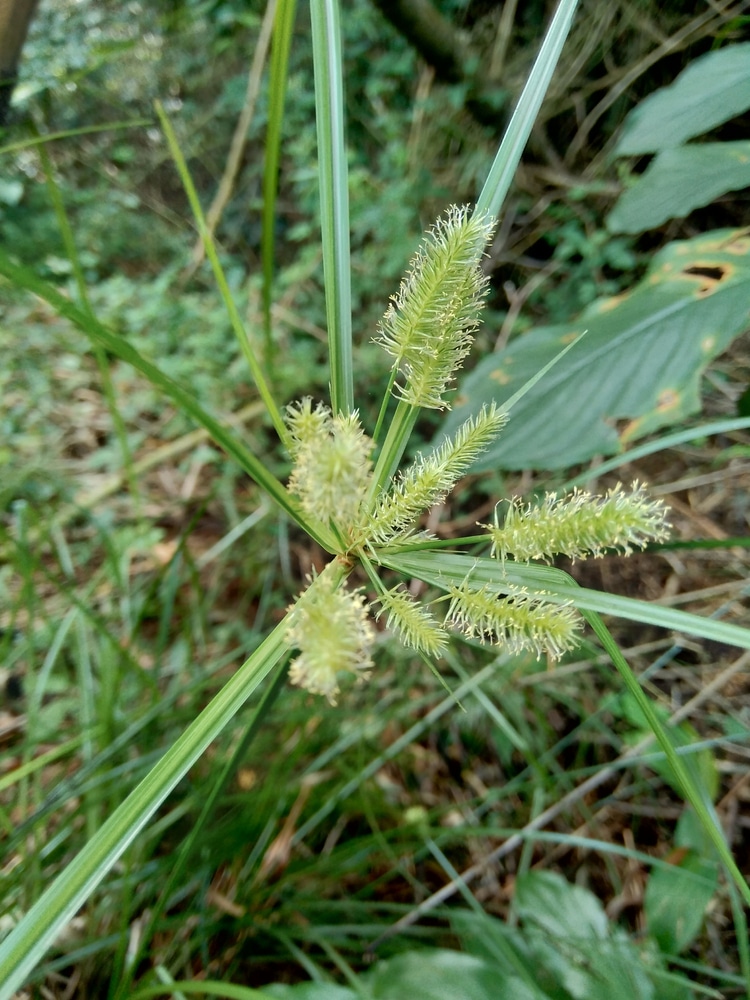
Herbicides
Pre-Emergent Herbicides
A pre-emergent herbicide should be used in early spring before the weeds ever begin to appear in your lawn. This is generally considered the best method for weed control and prevention by lawn care professionals.
By applying a pre-emergent herbicide treatment in early spring, you curtail the growth of unwanted plant life before it ever has a chance to take root in your lawn.
Post-Emergent Herbicides
If weeds have already appeared in your lawn, then a post-emergent herbicide should be used.
The post-emergent method is not preferred because it can damage ornamental grass and other desirable plant life in and around your lawn. Also, post-emergent herbicides are only effective on certain types of weeds.
As always, use care when handling any weed killer or chemicals for lawn treatment. Read the product description on the back of the bottle for proper application. You should always avoid contact with the eyes and skin while also avoiding inhaling the fumes from the herbicide.
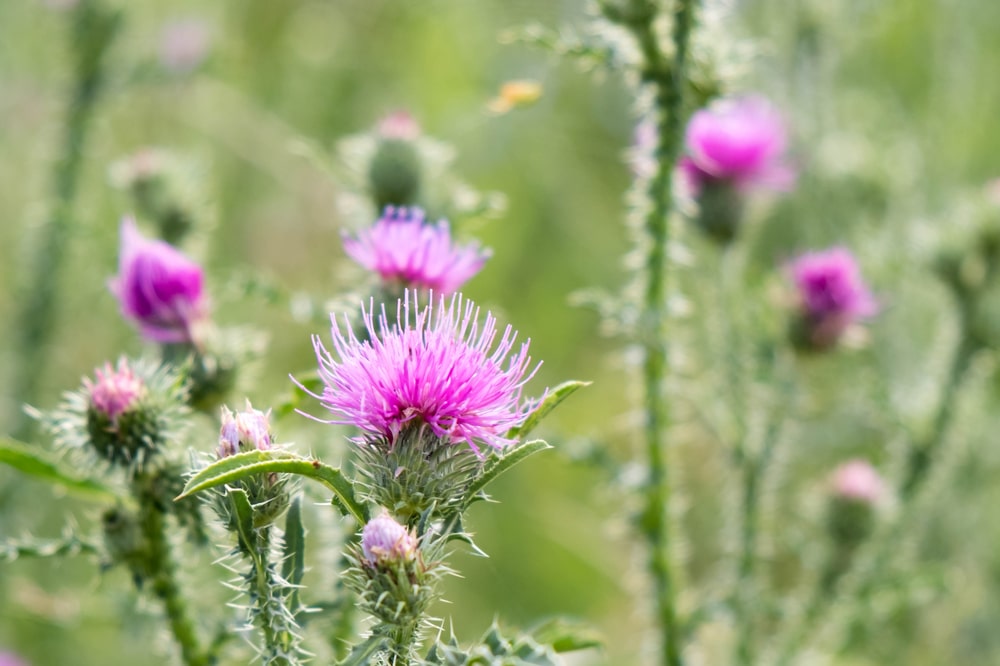
Proper Watering
The best technique for watering your lawn is to water both deeply and infrequently. This is because the root system of the weeds does not grow as deep as the root system of the healthy grass in your lawn.
By watering deeper into the soil, you can give your healthy grass’ roots the water it needs for optimal growth while keeping it out of reach of the relatively shallow roots of the weeds in your lawn.
By infrequently watering your lawn you are depriving their shallow root systems the chance to thrive.
Hand Pull
If possible, you should always try to pull the weeds in your lawn out manually, whether that be by hand or with a garden tool like a hoe. With this method, you can prevent the use of chemicals that may cause long term damage to your lawn.

Mulch
When you apply mulch to your lawn, you are depriving weeds of the sunlight they need to grow while at the same time keeping your soil moist.
Try and maintain 2″ of mulch in areas that you have chosen to lay it down.
Ridding your lawn of these invasive plants is going to take some time and a lot of patience. Just when you think you have your property cleared out, they pop up all over again in a different spot. By making sure your maintenance practices are sound and paying attention to what your lawn needs, you can keep common lawn weeds’ invasion to a minimum. You may not win every battle you have against the weeds, but with patience and proper maintenance, rest assured, you will win the war.
–The Green Pinky

